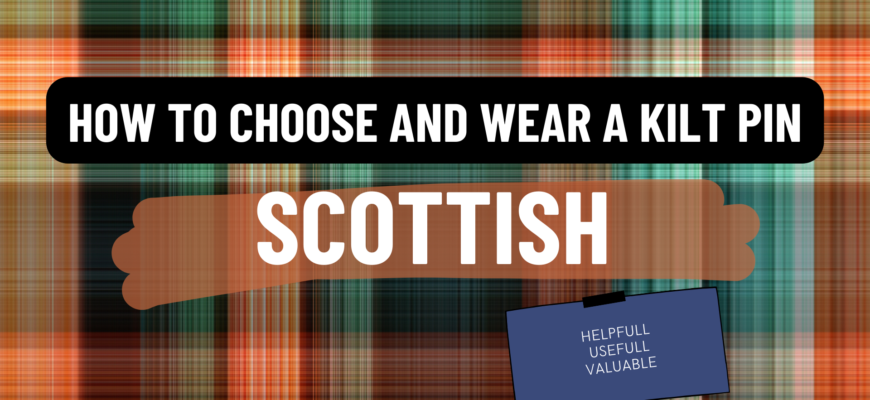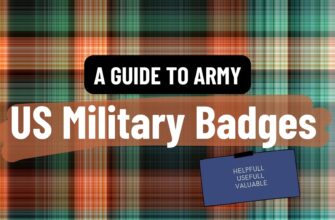The kilt is one of the most iconic garments associated with Scottish heritage and culture, and the kilt pin is a small but significant accessory that adds style and personality to this traditional garment. If you’re new to the world of kilts and kilt pins, here’s a complete guide to help you choose and wear the perfect kilt pin for any occasion.
Choosing the Right Kilt Pin:
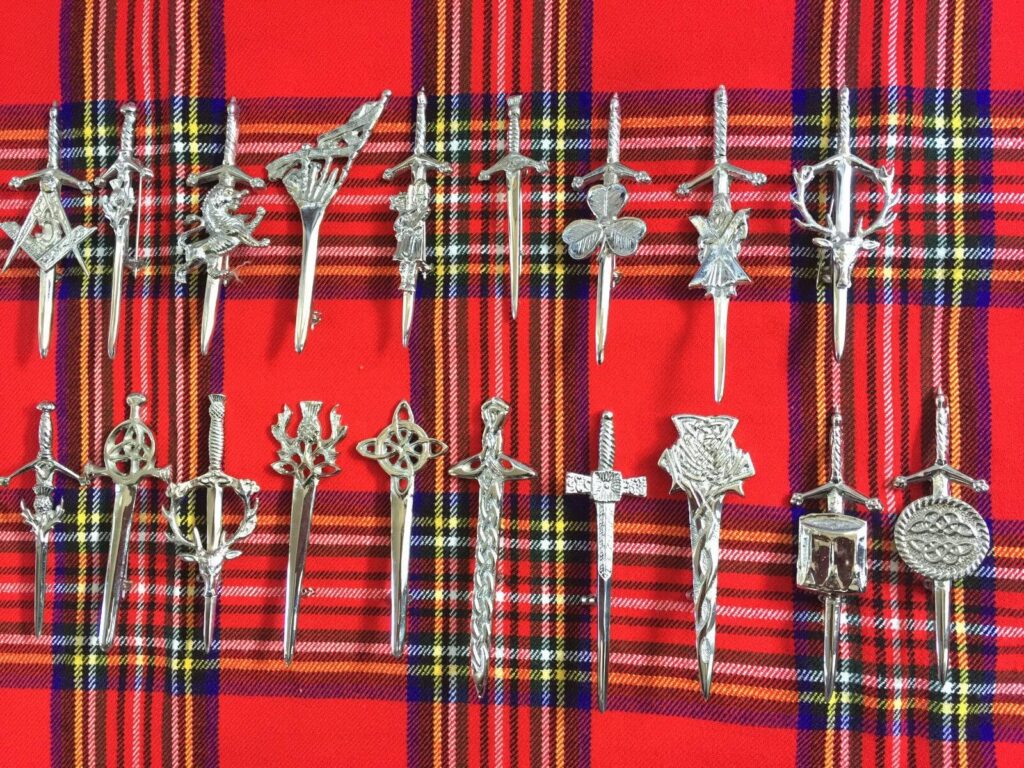
When choosing a kilt pin, there are several factors to consider, such as the design, size, and material. Here are some tips to help you choose the right kilt pin:
- Design: Kilt pins come in a range of designs, from simple and understated to ornate and decorative. Consider the occasion for which you’ll be wearing the kilt pin and choose a design that complements your outfit. For formal occasions, a simple and elegant design is often the best choice, while for more casual events, a more elaborate and decorative pin can add character and flair.
- Size: The size of the kilt pin is also important. A pin that is too small can look lost on the kilt, while one that is too large can be distracting and uncomfortable. A good rule of thumb is to choose a pin that is between 2.5 and 3.5 inches in length.
- Material: Kilt pins are typically made from metal, such as silver, brass, or pewter. Consider the overall look of your outfit and choose a material that complements it. For example, if you’re wearing a kilt with silver accents, a silver kilt pin would be a great choice.
Wearing Your Kilt Pin:
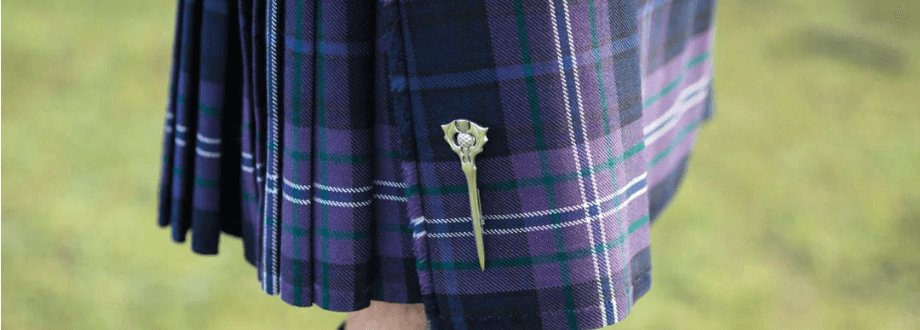
Once you’ve chosen the perfect kilt pin, it’s time to wear it with pride. Here are some tips for wearing your kilt pin:
- Position: The traditional way to wear a kilt pin is on the lower right-hand side of the kilt’s apron, about 2-3 inches from the bottom and 1.5 inches from the edge. This helps to weigh down the apron and prevent it from flying up in the wind. However, you can also wear the kilt pin higher up on the apron, or on the left-hand side if you prefer.
- Placement: When fastening your kilt pin, be sure to place it through both layers of the apron, including the underskirt. This helps to keep it secure and prevent it from falling off.
- Alternatives: While the traditional way to wear a kilt pin is on the lower right-hand side of the kilt’s apron, there are some alternative ways to incorporate this accessory into your wardrobe. For example, you can wear a kilt pin as a brooch on a sweater or jacket, use it to fasten a scarf or shawl or attach it to a hat or cap for a touch of personality.
Caring for Your Kilt Pin:
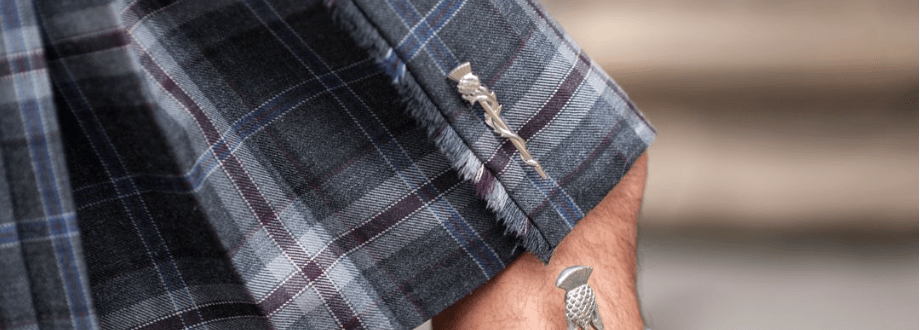
Finally, it’s important to care for your kilt pin to ensure that it lasts for years to come. Here are some tips for caring for your kilt pin:
- Storage: Store your kilt pin in a dry, cool place when not in use. Avoid storing it in a damp or humid environment, as this can cause rust or other damage.
- Cleaning: Clean your kilt pin regularly with a soft cloth to remove any dirt or debris. If the pin is particularly dirty, you can use a mild soap and water solution to clean it.
- Avoid harsh chemicals: Avoid exposing your kilt pin to harsh chemicals or abrasive materials. This can cause the pin to become discolored or damaged. If you need to clean your pin, use a mild soap and water solution, or a specialized metal cleaner if necessary.
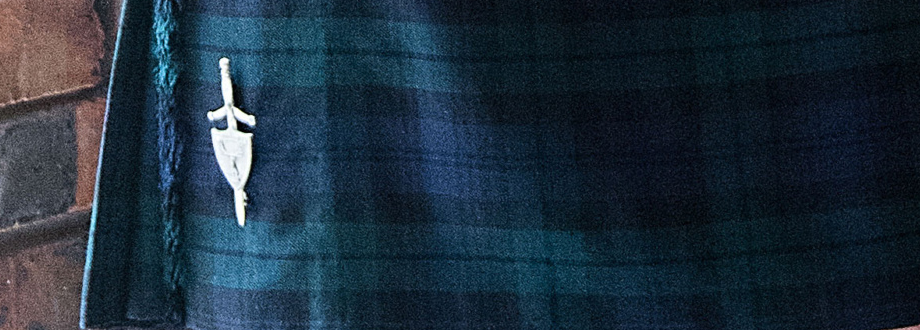
In summary, a kilt pin is an essential accessory for any kilt wearer, adding a touch of style and personality to this iconic garment. When choosing a kilt pin, consider the design, size, and material, and choose one that complements your outfit. When wearing your kilt pin, position it on the lower right-hand side of the apron, fasten it through both layers of fabric, and care for it regularly to ensure it lasts for years to come. With these tips, you’ll be ready to rock your kilt pin with confidence and style.
If you’re looking for a high-quality kilt pin to add to your collection, there are many options available online or at specialty retailers. Some popular styles include the Celtic knot, thistle, stag, and Scottish flag designs, among others. You can also find kilt pins in a range of materials, such as pewter, brass, and silver, to suit your personal style and budget.
When shopping for a kilt pin, be sure to read reviews from other customers and check the retailer’s return policy before making your purchase. This will help ensure that you’re getting a quality product and that you can exchange or return it if necessary.
In addition to kilt pins, there are many other accessories that can complement your kilt and complete your Scottish outfit. These include sporrans, sgian dubhs, kilt hose, ghillie brogues, and more. When choosing these accessories, consider the occasion and your personal style, and aim for a cohesive and polished look.
In conclusion, a kilt pin is a small but significant accessory that can add a touch of style and personality to any kilt outfit. When choosing and wearing your kilt pin, consider the design, size, and material, and be sure to care for it regularly to ensure it lasts for years to come. By following these tips, you’ll be able to rock your kilt pin with confidence and showcase your love for Scottish heritage and culture.
